Get More Succulents For Free With This Easy Propagation Technique
Taking care of succulents is a lot of fun, but most growers quickly find out there's a simple way to get more succulents from those they already own. Once they discover this simple propagation technique, their collection multiplies quickly, and soon they're completely hooked on succulents.
Below you'll find a step-by-step tutorial for how to propagate succulents from leaves so you can multiply your collection.
How to remove a leaf for propagation
Your succulent's genus and species will determine what kind of cutting you can take. For example, most tender Sedums and some Echeverias can be propagated with either a leaf or a cutting.–though I use leaves for both.
Aeoniums, on the other hand, only work with cuttings, which means you can't propagate them with just a leaf. In other words, every variety of succulents is different–so if you're not sure what will work, experiment (like I did) and see what happens!
To take a leaf for propagation, just gently twist the leaf off the stem. Make sure it's a clean pull, leaving nothing on the stem. In fact, it's fine to pull of a little of the stem, too.
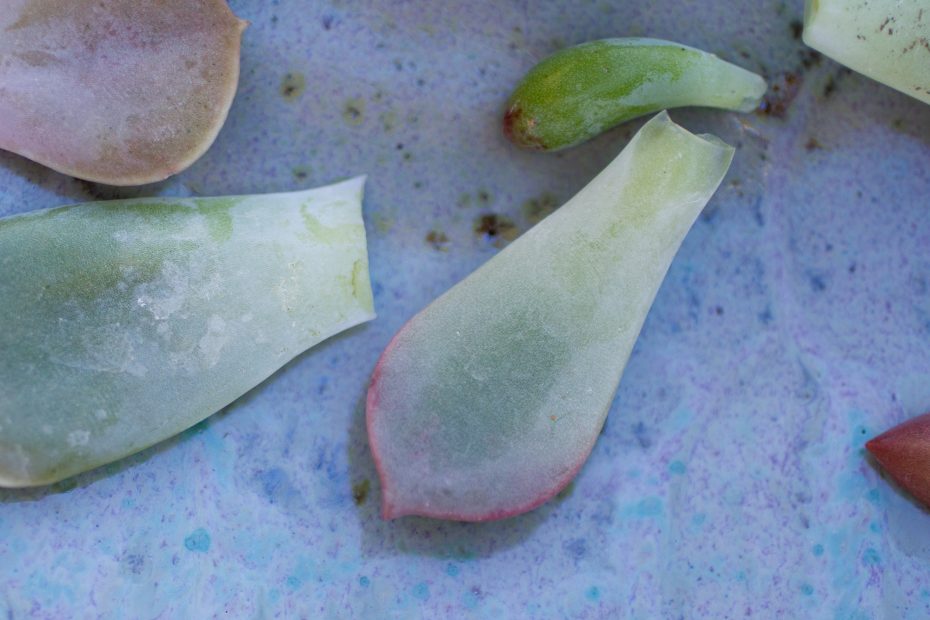
Every time I've broken off a leaf just before the stem, it's always died–so make sure you get all the way down to the stem. It helps to get a clear view of the base of the leaf as you're pulling it off.
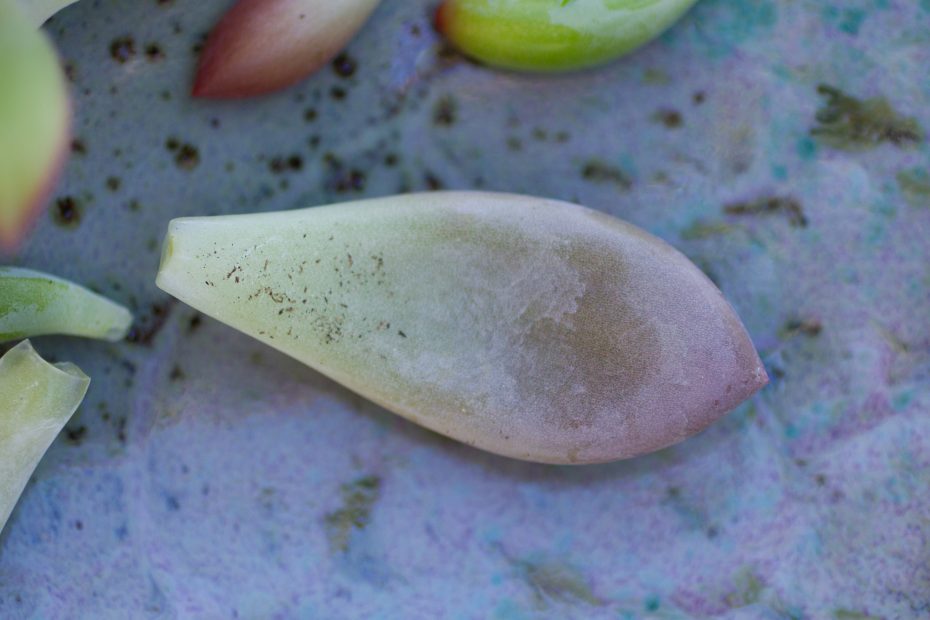
If you aren't keen on removing a leaf from your own plant, no worries! You can actually buy leaves to use for propagation from The Succulents Source.
It's a really inexpensive way to start a collection of new plants, plus it's so fun to propagate succulents and see those little babies growing from just a leaf!
How to take a cutting for propagation
To take a cutting, on the other hand, you'll want sharp scissors or pruning shears. Cut off a piece of the succulent just above a leaf on the stem.
You can cut off the top of the succulent, or you can cut off a new offshoot. Either will work!
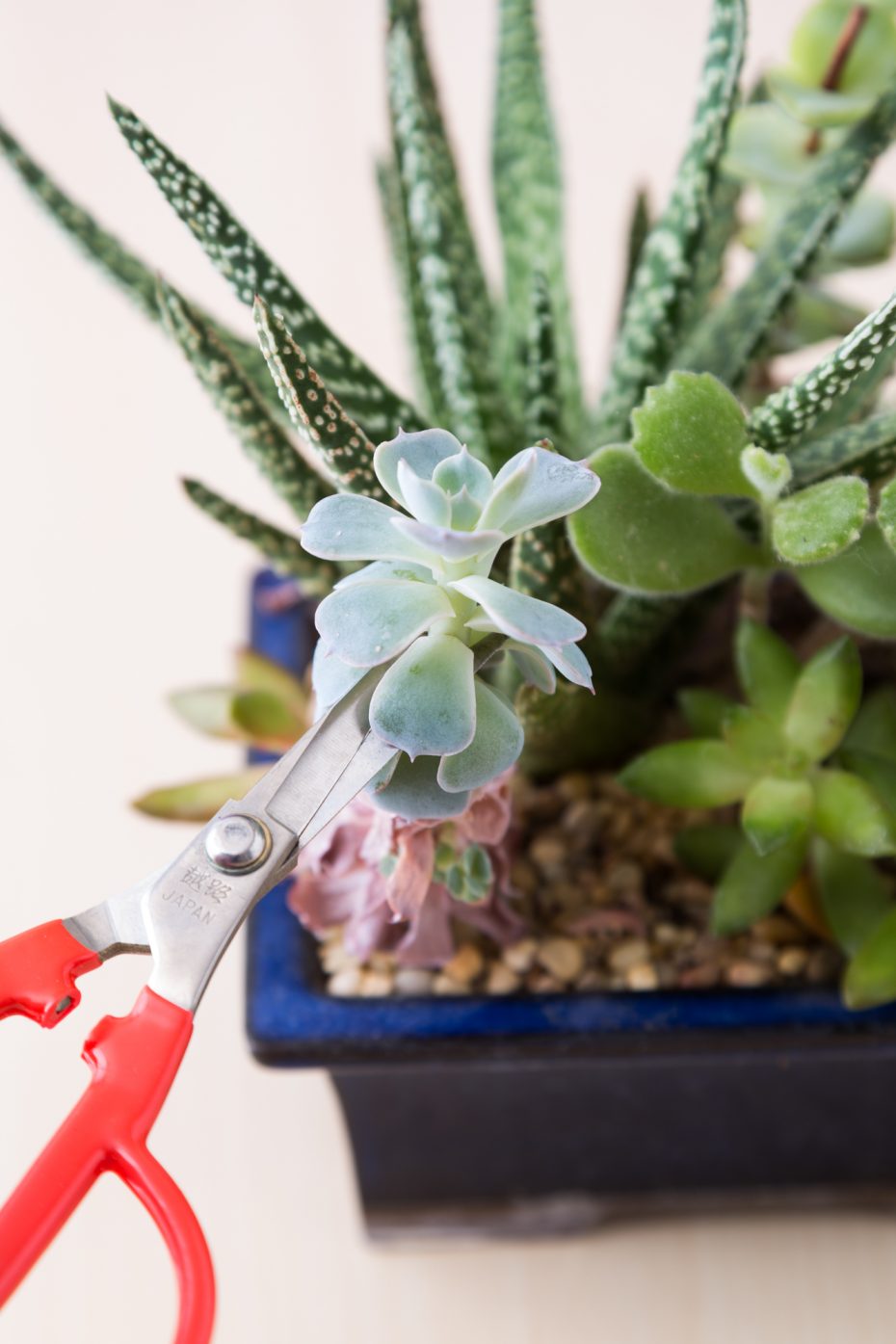
Let your leaf or cutting dry out
Once you've taken your cutting or leaf, it's important to let it dry out a little bit before you do anything else. Depending on the amount of heat and sunlight, you'll want to leave the leaf or cutting alone for one to three days, so it can scab over.
If the leaf or cutting doesn't get a chance to scab over, it'll absorb too much water the first time you water it, and drown. It's totally fine if the cutting starts to shrivel up a little. Once that starts to happen, it's time to start watering.
Watering your leaf or cutting
While full-grown succulents don't need to be watered every day, leaves and cuttings do. That said, you'll want to avoid giving them too much water, which will cause them to turn orangey-brown and die.
Here's what I've found works best…
If you're working with leaves, set them on top of the soil, making sure their ends don't actually touch the soil at all, and water them each time the soil dries out. I use a spray bottle to get the top of the soil wet.
Some experts recommend putting the cut end of the leaf in the soil–but most of the leaves I tried to plant this way either rotted, or just grew roots but never started a new plant.
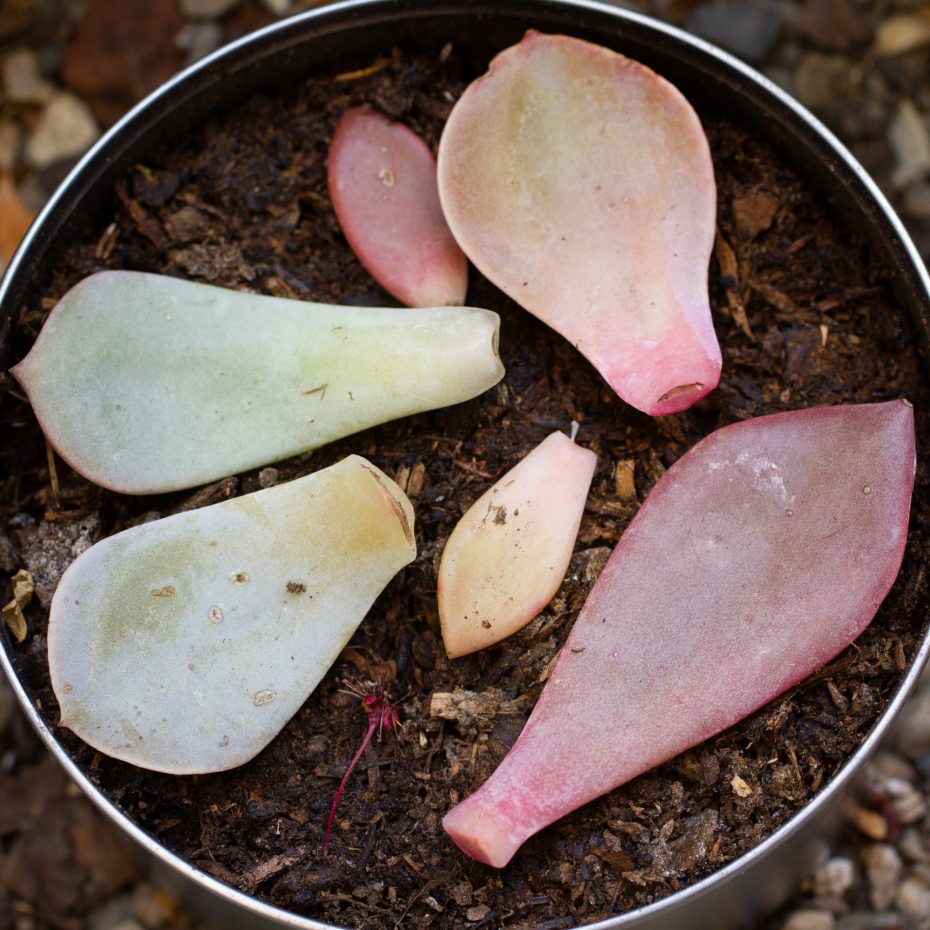
Unlike leaves, cuttings do need to be put in the soil. Since they're almost a full-grown succulent already, all they need is to be planted and watered, and they'll start to grow roots!
Like leaves, cuttings should be watered each time you notice the soil is dry. Once you've got your watering pattern down, your cuttings will start to put off new roots and leaves within a few weeks.
Wait for Results
It takes some time for new rosettes and roots to form on succulent leaves and cuttings. The amount of time it takes will vary depending on the time of year, temperature of the area you're propagating in, type of succulent you are propagating, how humid the air is, etc.
That said, you can generally expect to see some results within 2-3 weeks.
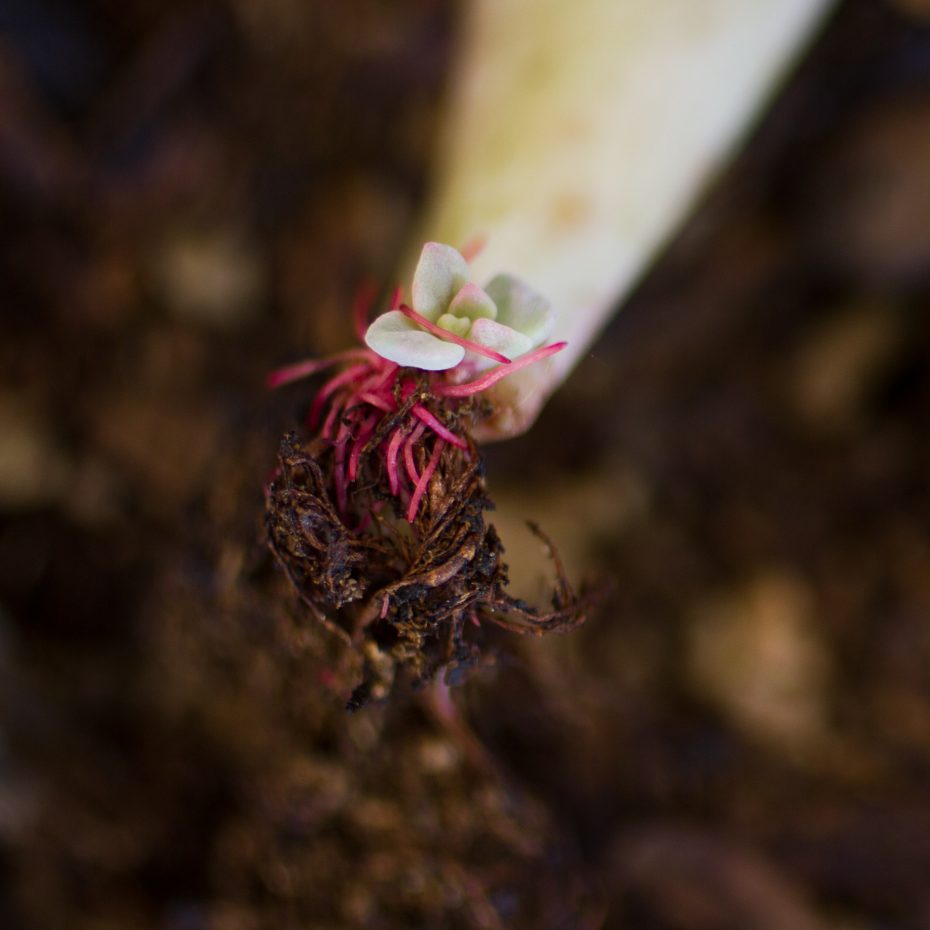
If you notice that a rosette is growing on your leaf, but no roots, don't stress 🙂 This is normal. The leaf is providing all the nutrients the baby succulent needs to grow. As it gets larger it will start to put off roots as it "searches" for water.
Keeping the leaves on top of damp soil can help encourage roots to form.
Succulent Propagation Success Rate
If some of your cuttings or leaves die, don't worry–more than half of my first batch didn't make it. Some won't grow as much as their siblings, while others will put off a bunch of roots, but no leaves. Every cutting is different, and it's totally normal to lose some!

As your new plants start to grow, make sure to keep the roots covered with soil, or they'll dry out and your plants will probably stop growing.
When to plant propagated succulents
Most succulents take several months to grow to “normal” size–while some may take as long as a year. In other words, this isn't a super-speedy process–but it does work!
Once you start to see roots, cover them with soil. This way they will stay cool and have access to water. Keep watering so that the soil stays damp.
You don't need to do anything with the mother leaf. As the baby succulent gets larger, the mother leaf will begin to shrivel up and die. This is totally normal, and the mother leaf will fall off and separate from the baby leaf on its own.
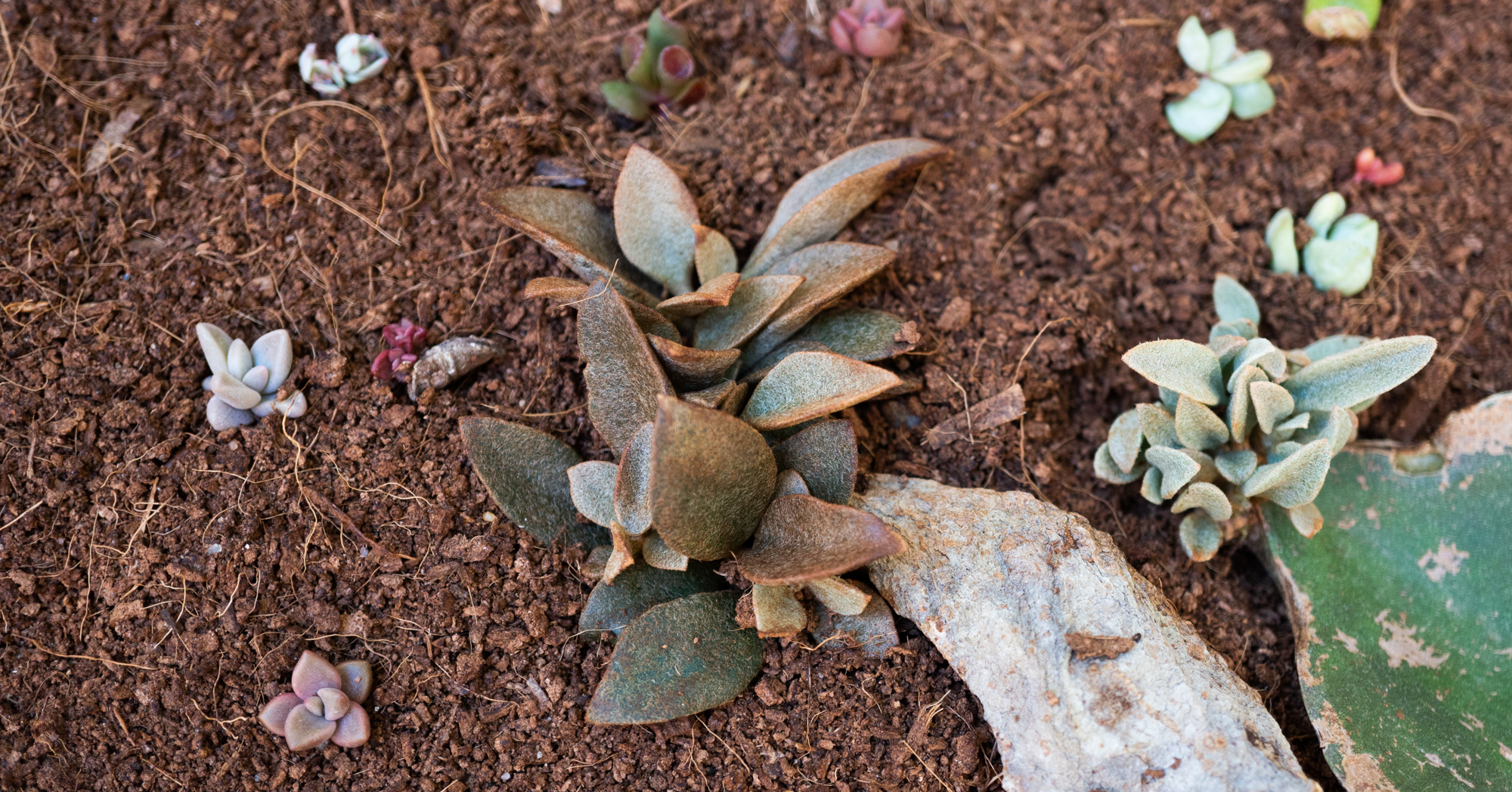
Once this happens, continue to provide plenty of water for the baby succulent. Then, once it is well rooted and growing on it's own you can move it to another pot or place it in another arrangement.
While they can technically be repotted anytime, I recommend waiting until the new baby is at least an inch in diameter or more. It's also best if the baby has a deep root system.
After the baby is in its new home, make sure you're watering it enough to keep growing.
Give it a try, and soon you'll have more plants than you know what to do with.
Save Your Succulents With This Critical Watering Technique And Look Like A Pro
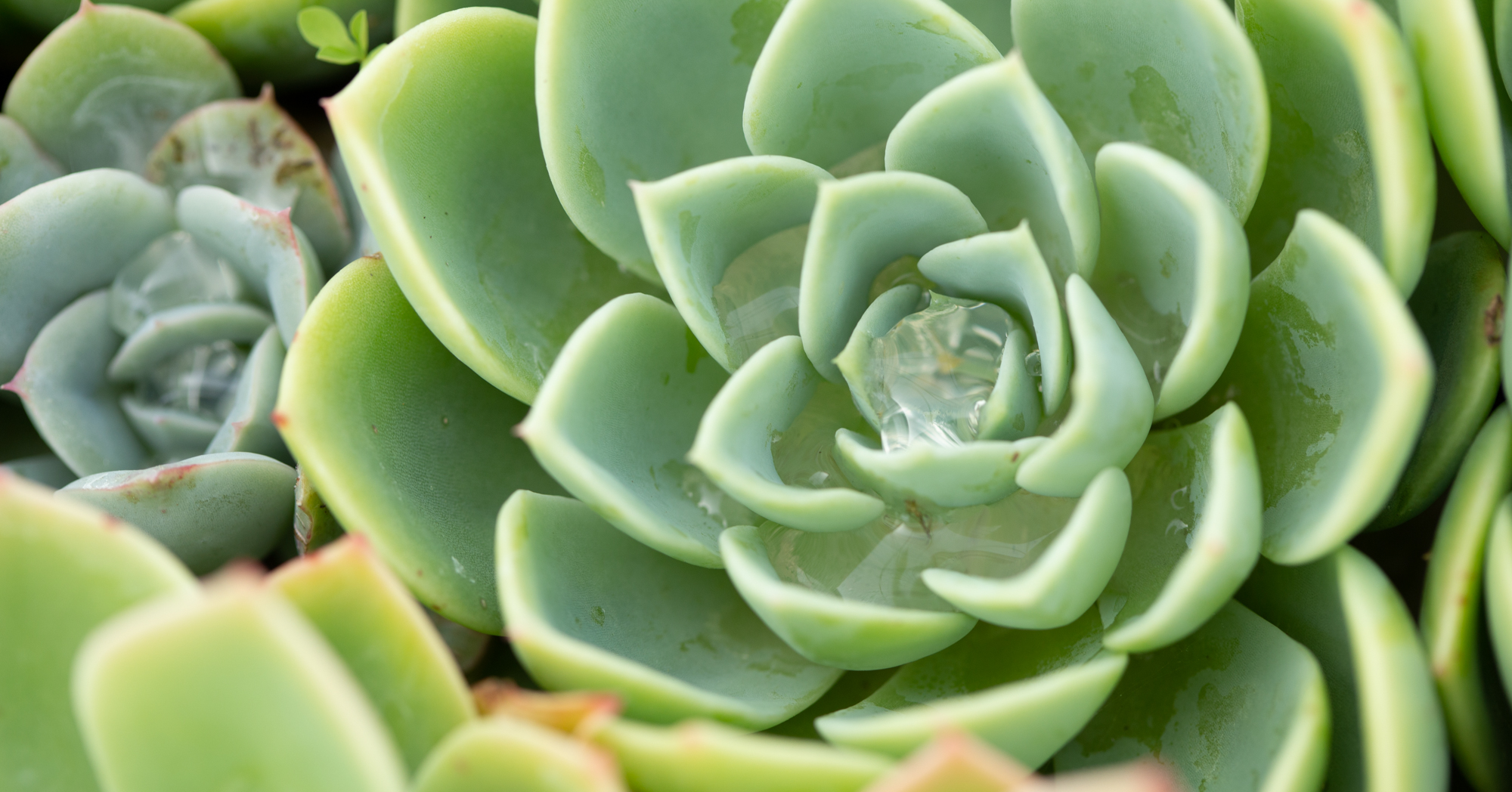
A big part of keeping succulents healthy is providing them with the right environment. You'll want to pay attention to the soil they're in, how much sunlight they're getting, and most importantly, how often you're watering them. The method and frequency of watering succulents are critical to preventing rot while encouraging lots of new growth.
Has Your Succulent Lost Its Color?
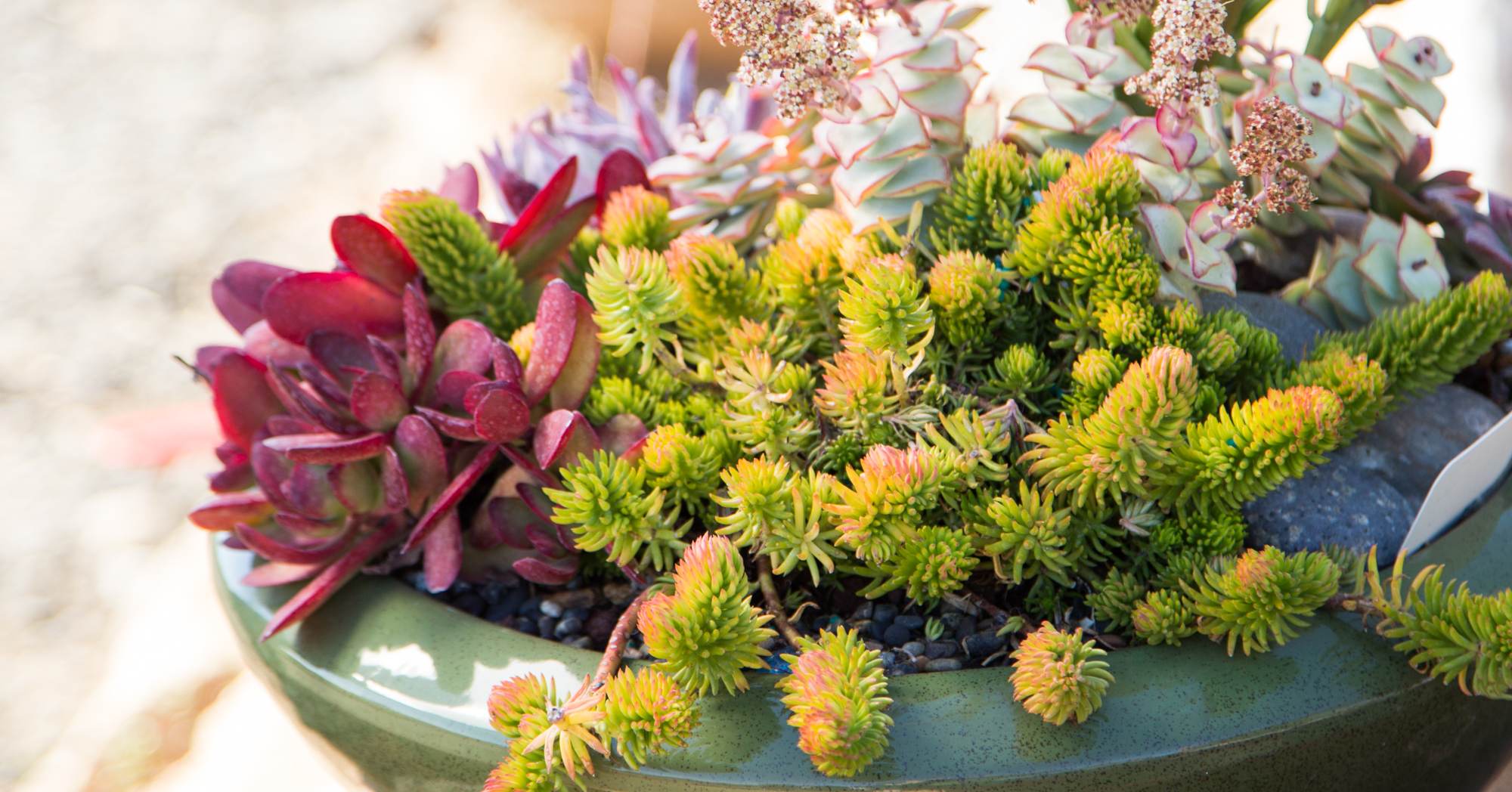
The succulents in this list can all tolerate low light. But most colorful succulents won't fare so well. There are a number of factors that help keep your succulents colorful, including how much light they get. Even some of these "low light" succulents will look a little better with more light. Find out how to give your succulents healthy stress and bring out their brightest colors.
This article originally appeared on Succulents and Sunshine.